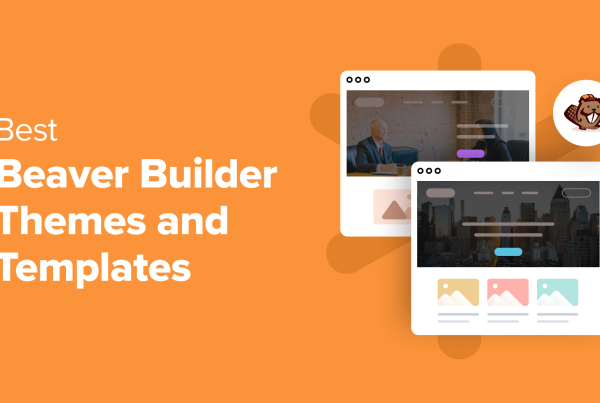1. Goals
As with many projects, the first step is to think about your goals. Mainly, you’ll want to reflect on what you want to achieve and what results you hope to see in the future.
Let’s take a look at some possible goals for your content marketing strategy:
You’ll also need to decide if you want to focus on short- or long-term goals. For instance, if you’re hoping to get signups for a course you’re launching next month, you’ll need a short-term plan. Alternatively, if you would like to generate more awareness about your products or services, that’s something that will pan out in the long run. Therefore, you’ll need to take a big picture view.
Once you’ve thought about the intent of your marketing strategy template, you can go ahead and create a document that includes the following:
- Goal(s) List your objectives for this campaign (e.g., growing your email list, increasing engagement on your Facebook page, etc.).
- Timeline Set a reasonable deadline for achieving these goals.
- Target Write down any specific targets or Key Performance Indicators (KPIs) you may have (e.g., gaining 500 new followers by the first half of the year, making over 100 sales per month, etc.) [1].
Having a clear objective from the start can help you plan the rest of your marketing strategy more effectively. That’s because it will give you a better idea of the type of content you should be designing and which metrics you’ll need to track.
While it is okay to have more than one goal, we recommend that you create your strategy around one clear objective. This will help you keep your content tightly focused throughout your campaign.
2. Audience
The next step is to identify the people you want to reach. You might have already established a target audience when you set up your website or online business. If not, you may have a general idea of your typical reader or follower.
However, depending on your goals, you might have to target a new demographic or select a particular segment of your existing audience.
The best way to get a better sense or your audience is to create a persona for your strategy. Essentially, you’ll create a fictional profile of the type of person you want to reach.
Here’s what to include in your persona’s profile:
- Demographic This can include age range, location, gender, educational background, etc. Keep in mind that it’s okay to narrow it down here. Sometimes, when you try to appeal to too many, you end up appealing to none.
- Interests You might focus on broad interests, such as budget travel or healthy cooking. On the other hand, you can focus on more specific ones, such as starting an online business or making crafts from recyclable materials.
- Pain points These are common problems or dilemmas your audience likely experiences. For instance, they may want to start a blog but have no idea how to build a site. Alternatively, they might need to learn how to master Search Engine Optimization (SEO), but are struggling to find a helpful or practical course on the subject.
Creating a detailed profile will help you reach the right people. You might also consider doing some research about your existing audience to learn more about their pain points or interests, and how you can address them. For example, you could create a quick poll on your Facebook page to find out what your followers would like to see on your blog.
If you deliver online courses or have an educational podcast, another option is to ask your audience if there are any topics that they want to learn more about. If you don’t use either platform, creating original, shareable forms and surveys is simple with tools such as Typeform.
3. Content
Once you’ve defined your goals and target audience, you can start planning your content. This might feel like the most challenging part of your strategy, so we’ll break it down into steps. ?
Step 1: Choose your topic(s)
First, you’ll want to make a list of topics that you wish to cover. These need to appeal to your target audience, but they should also be designed around your goals.
For example, let’s say you’re trying to get signups for your upcoming “Blogging 101” course, and your target audience is made up of 20-35-year-olds who want to start a profitable blog. Potential topics might include:
Feel free to jot down any content ideas that pop into your head. You can then go through your notes and select the best topics for your digital content marketing strategy.
At this stage, it might also be a good idea to make a list of resources that you’ll potentially need. This could include images, video equipment, and any particular software for creating and delivering your content.
Step 2: Identify your target keywords and search intent
Next, you’ll want to identify the keywords that you want to target. This is particularly important if you’re planning to create content for your blog or website.
You can use Google’s Keyword Planner to find the right keywords:












